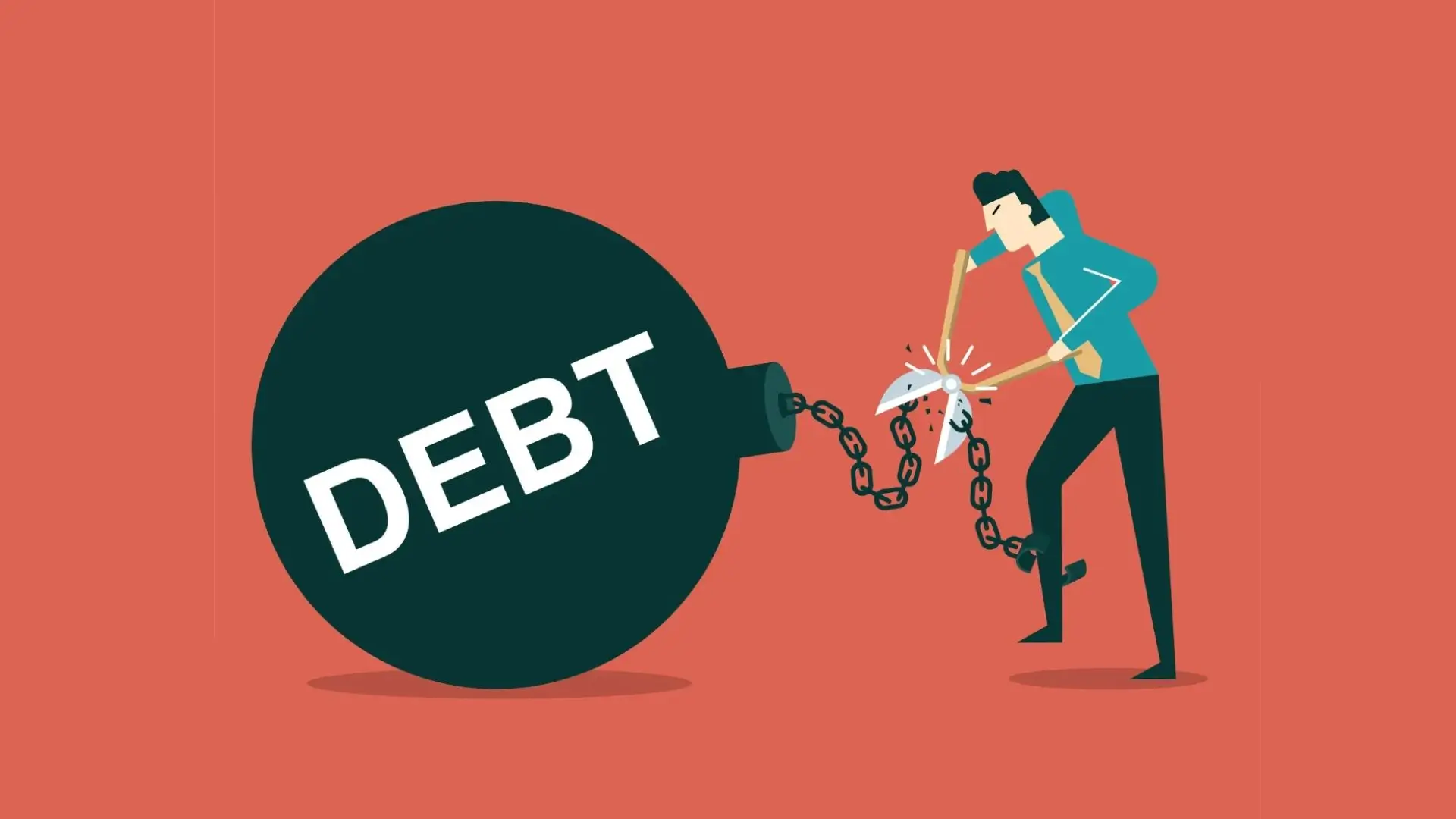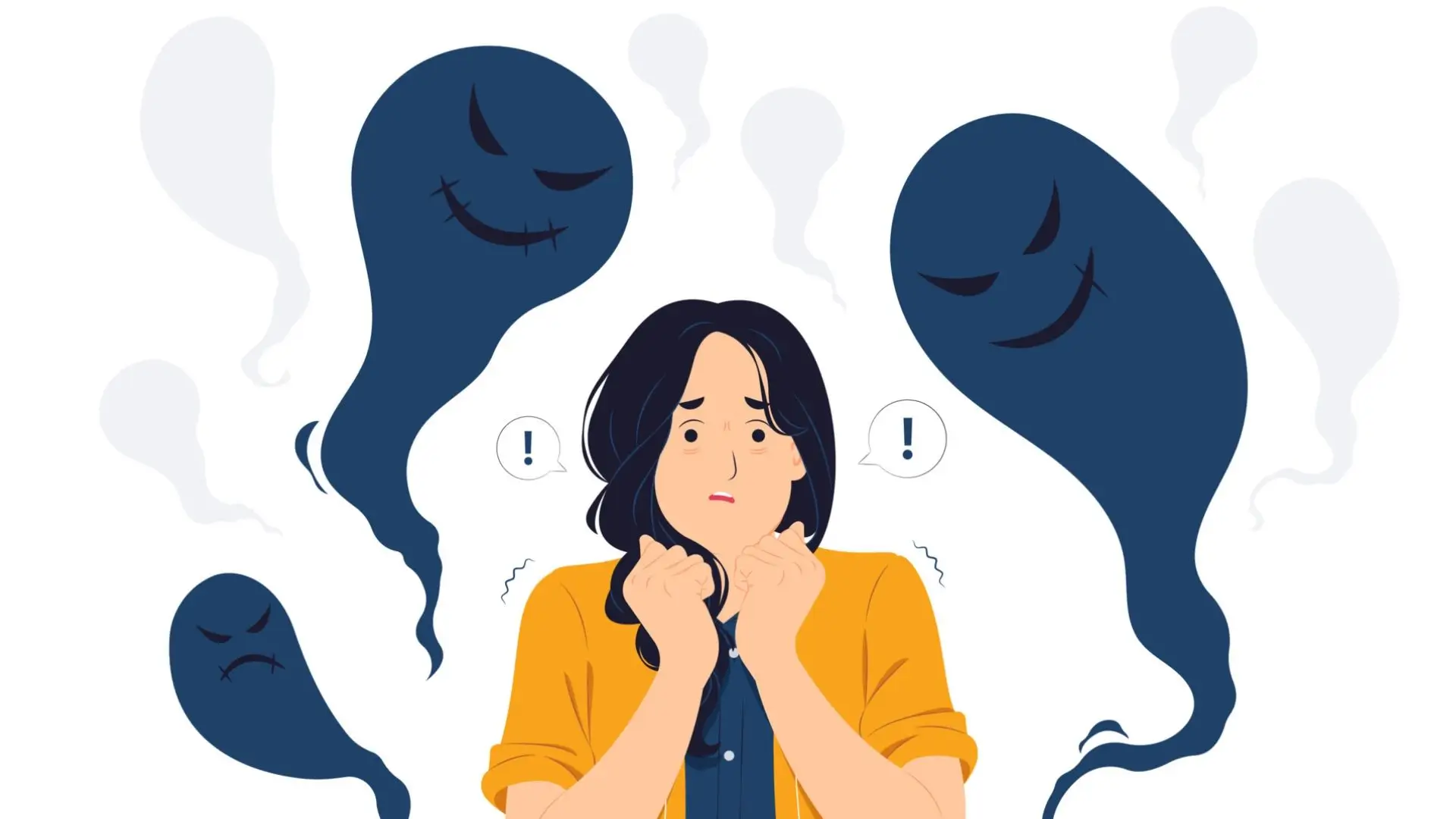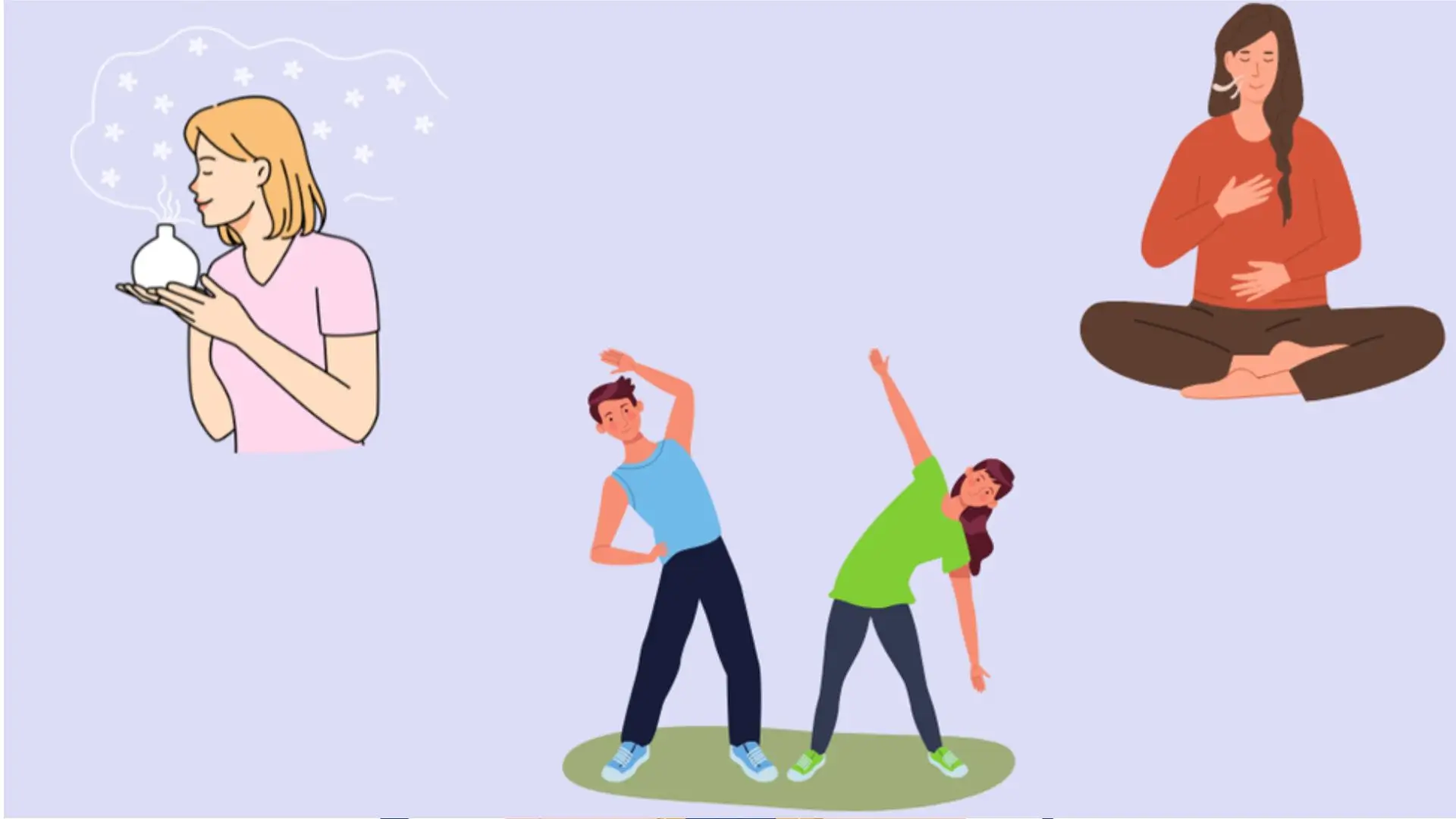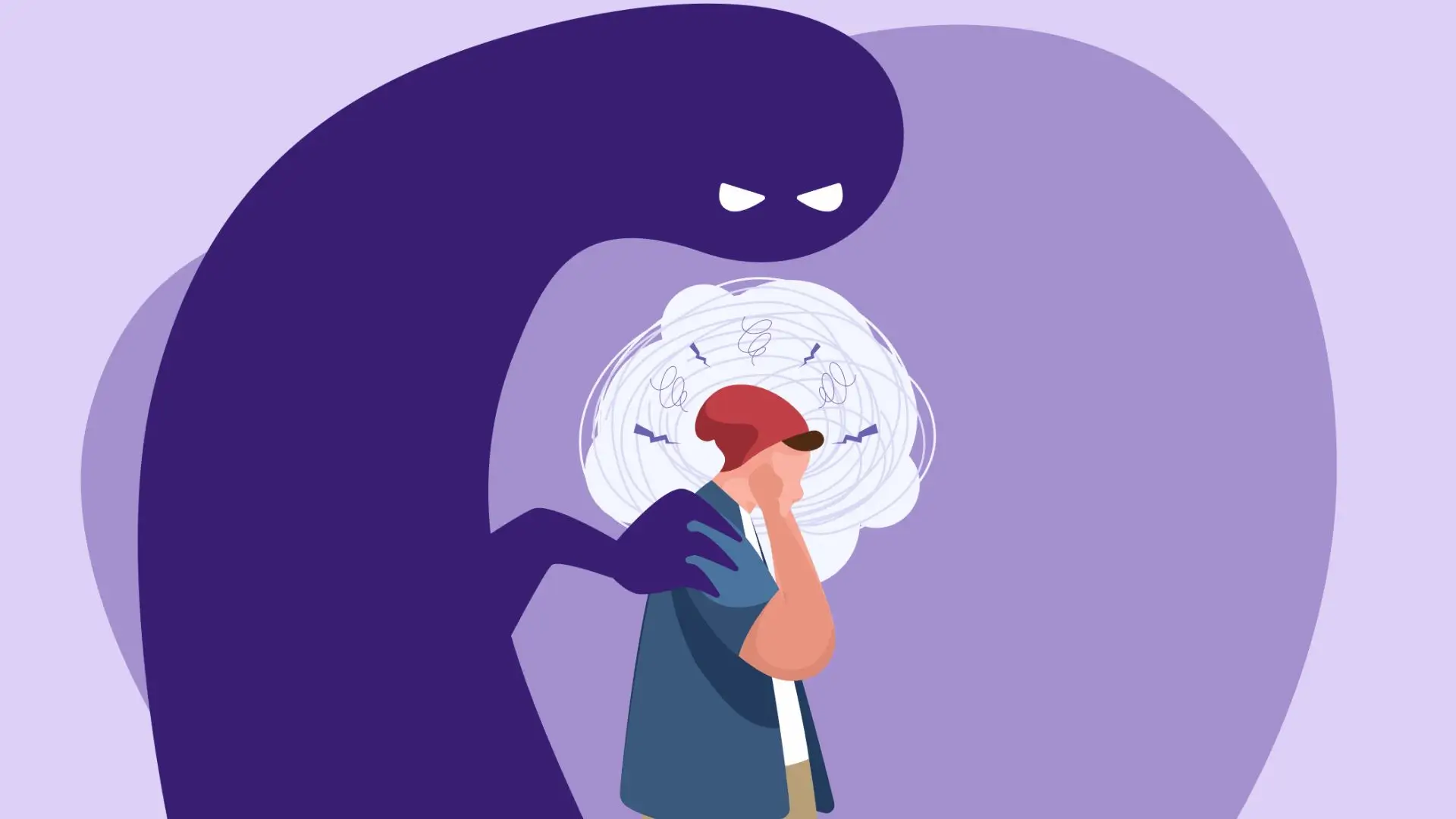Even in the absence of a real threat to one’s life or safety, an anxiety attack can still be terrifying. It’s critical to realize that feeling like you have no control over your mind or your racing thoughts is frequently a sign of other mental health issues. The term “anxiety attack” is not a medical diagnosis or term in and of itself.
One may be aware that anxiety is a typical response to danger; it is the body’s natural fight-or-flight response that is activated when one feels threatened, under pressure, or in a difficult situation, like going on a first date, a job interview, or an exam.
Over time, stress or fears may build up and cause an anxiety attack. One factor that could cause anxiety to build up to the point of total overwhelm for a while could be a work schedule that is too busy or a relationship conflict. Feelings like tension, irritability, and a lack of focus are possible during an anxiety attack. Moreover, you might experience rapid fatigue and restlessness.
Anxiety Attack: Causes
Anxiety attacks can arise from a variety of factors. Several mental health conditions may appear as anxiety attacks. They may also be caused by particular stressful life circumstances or personal triggers.
Situational Causes
Any number of situations could trigger an anxiety attack. For many people, an already stressful life situation may boil over into an anxiety attack. These situations could include:
- Driving in heavy traffic
- Unemployment
- Work-related stress
- Grief or loss of a loved one;
- Financial stress
- Exams
- Divorce
- Performances or presentations
- Caregiving duties
- Global pandemic

Also, anxiety attacks may be a sign of more broad mental health conditions. Anxiety and panic attacks, in particular, are a hallmark of numerous anxiety disorders and associated conditions, such as:
- Social anxiety disorder
- Obsessive-compulsive disorder (OCD)
- Post-traumatic stress disorder (PTSD)
- Panic disorder
- Specific phobias, such as agoraphobia,
- Generalized anxiety disorder

Quick Anxiety Checks
- In addition to worry and restlessness, there may also be bodily symptoms like heart rate changes.
- An anxiety attack is typically caused by a fear of a particular potential problem or event.
- While anxiety and panic disorders can coexist, anxiety is not the same as panic attacks.
Anxiety Attack Symptoms
The signs of an anxiety attack can differ from person to person and from situation to situation. A broad range of experiences and signs are described by people.
Anxiety attack symptoms can include:
- Numbness and tingling in hands and feet
- Lightheadedness
- Chest pain,
- Heart palpitations
- Nausea
- Irritability
- Trembling, shaking, or tremors
- Sweating
- Shortness of breath
- Intense feelings of panic, fear, or doom
Also Read: Generalized Anxiety Disorder: Everything You Need to Know
Tips to Manage an Anxiety Attack
Despite the fact that you may feel powerless during an anxiety attack, you can regain control. You can lessen the intensity of anxiety attacks, manage your stress, and even stop anxiety attacks from happening in the future by practicing self-care.
Here are some suggestions for managing an anxiety attack:
- Understand the signs: Those who are aware of the telltale symptoms of stress or anxiety might be able to take appropriate action. Overeating, insomnia, or headaches can all be indicators that you need to take a break and get assistance.
- Understand Personal Triggers: It might be possible for people to take action if they can identify the triggers for their anxiety. Think about keeping track of triggers with the help of a journal.
- Eating a healthy diet: Unhealthy eating habits may arise from a busy lifestyle. Make an effort to schedule a time for a nutritious meal or pack a homemade lunch full of fresh veggies and fruit.
- Exercise: Engaging in regular physical activity has been shown to improve mental health and overall wellbeing.
- Relaxation techniques: Aromatherapy, meditation, deep breathing, and other techniques, can help manage an anxiety attack.
- New Activities: You can relax and temporarily remove your worries by engaging in yoga, music, gardening, or another kind of group activity. People might come across others who share their worries and experiences.
- Being social: Find a way to meet new people, like volunteering or joining a support group, or just spend time with your loved ones. Others who can offer both practical and emotional support may be helpful in such situations.
- Setting goals: It might be beneficial to take some time to create a plan if people are feeling overburdened by administrative or financial issues. Establish priorities and goals, then mark them off as completed. Having a plan can also make it easier for someone to say “no” to extra requests from people that worry them.
- Practicing meditation and mindfulness
- Progressive relaxation
- Getting adequate sleep

Difference between an Anxiety Attack and a Panic Attack
It could be challenging to distinguish between a panic attack and anxiety. Remember these things:
- The cause: Usually, anxiety attacks are associated with something that is viewed as threatening or stressful. Stressors don’t always trigger panic attacks.
- Distress Level: There are three levels of anxiety: mild, moderate, and severe. For instance, while you go about your daily business, anxiety might be hiding in the midst of your thoughts. whereas the majority of symptoms associated with panic attacks are severe and disruptive.
- Fight-or-flight: The fight-or-flight instinct takes over in the body during a panic attack. Symptoms of anxiety are frequently less severe.
- Onset: Panic attacks typically occur suddenly, but anxiety attacks develop gradually.
- Effect: The usual worry or fear that follows a panic attack is that it will happen again. As a result, you might avoid situations or locations where you believe you could be at risk of having a panic attack.
- Duration: Anxiety could be connected to a particular circumstance. It usually intensifies and goes on for a while. A panic attack begins abruptly, lasts for five to twenty minutes, and peaks at ten minutes. After then, it will start to fade, though the effects might linger longer.
Treatment
Getting treatment for anxiety attacks is important. Fortunately, there are lots of affordable and efficient treatments available. Although the majority of these treatments are intended for individuals with anxiety disorders, those who suffer from anxiety attacks will also find value and benefit from them. This is due to the fact that anxiety attacks may indicate a generalized anxiety disorder in certain individuals.
Medication
A common treatment for anxiety attacks is medication, which can help many patients. Usually, a psychiatrist or primary care physician will recommend medication for anxiety.
The medications include:
- Anti-anxiety drugs
- Beta blockers
- Antidepressants
Therapy
Psychotherapy is a possible treatment option for anxiety attacks. Discuss with your primary care physician the possibility of being referred to a therapist or psychiatrist for treatment of your anxiety. Specifically, two forms of therapy work well to lessen the frequency and symptoms of panic or anxiety attacks.
Cognitive behavioral therapy (CBT) has received extensive research and has proven to be successful in treating anxiety disorders. A therapist helps you change your distorted thoughts and behaviors into more emotionally appropriate ones by teaching you to recognize them through cognitive behavioral therapy (CBT).
Exposure therapy may also work well to treat anxiety attacks, particularly those caused by particular phobias. You are gradually exposed to a troubling stimulus in exposure therapy, which can also be conducted in virtual reality. Exposure helps you learn adaptive strategies and become used to the stimuli, which gradually makes them less terrifying.
A Spirico Summary
Anxiety attacks are intense episodes of anxiety that can result in breathing difficulties, heart palpitations, and rapid heart rate. Although having a “anxiety attack” can be a sign of another mental health diagnosis, such as anxiety disorder, it is not a diagnostic in and of itself.
The signs, causes, and risk factors of anxiety and panic episodes are similar. However, panic attacks frequently have more severe physical symptoms and are more intense.
If you or anyone you know is struggling with anxiety or anxiety attacks, feel free to reach out to a mental health professional and seek help.
Remember, you’re not alone in this!
